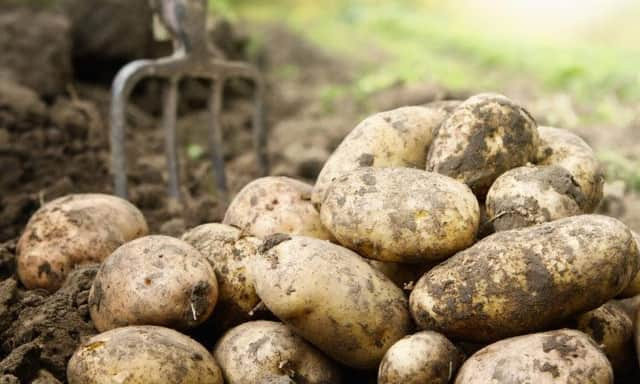Rising fertiliser prices help to boost ‘Ag-flation’ rates


The current energy crisis has led to unprecedentedly high fertiliser prices of up to £2 per kilogram of nitrogen - and reports of prices per tonne well in excess of £700 have led to many producers re-evaluate their fertiliser applications and their cropping plans.
As a result of the huge increase in prices the Agricultural and Horticultural Development Board (AHDB) has issued a new version of the RB209 table which is widely used to calculate the economic payback of fertiliser use – as current prices are literally ‘off the scale’ of the tables.
Advertisement
Hide AdAdvertisement
Hide AdThe first review, published yesterday looks at the three major UK crops: wheat, barley and oilseed rape.
The AHDB said that the price spike meant growers needed to factor a new ‘economic optimum’ – or the point at which the value of extra grain produced was not worth the cost of the extra N applied – in their nutrient management plans.
The RB209 price tables have been extended up to £2.50 per kilogram of nitrogen (or £863 per tonne of ammonium nitrate), £350 per tonne for grain and £700 per tonne for rapeseed to reflect current strong prices for both inputs and outputs.
“For example, the new data indicates that at a grain price of £200 a tonne, a rise in the ammonium nitrate fertiliser price from £345 to £863 a tonne would see a reduction in N application of 70 kg/N a hectare,” said the AHDB’s cereal specialist, Dr Georgina Key.
“Similarly, at a rapeseed price of £500 per tonne, the same price rise for N would see a reduction in fertiliser application of 70 kg/N a hectare. The resulting changes in yield would be -0.6 tonne per hectare and -0.25 tonne per hectare respectively.”
She said that significantly reduced manufacture of fertilisers, in the UK and on the continent, had led to prices of nitrogen fertilisers increasing dramatically:
“Over the past few months the price rise of fertiliser has outpaced prices for grain and as such it is absolutely essential that farmers consider adjusting nitrogen fertiliser applications in the spring to ensure they are still at an economically optimum level.”
The second part of the update, to be published in January next year, will consider further arable crops, as well as other aspects of crop nutrition management affected by price increases.
Advertisement
Hide AdAdvertisement
Hide Ad*Despite the potato sector voting to dispense with the services of the AHDB, growers still face a legally recoverable levy of £42.62 per hectare for this year’s crop.
The board said that while activity in the sector was being wound down, it would cost around £7.4 million to meet all the liabilities through the process. Against AHDB Potato reserves of £1.2 million the board hopes to raise £5.6 million through the 2020/21 levy.
Comments
Want to join the conversation? Please or to comment on this article.